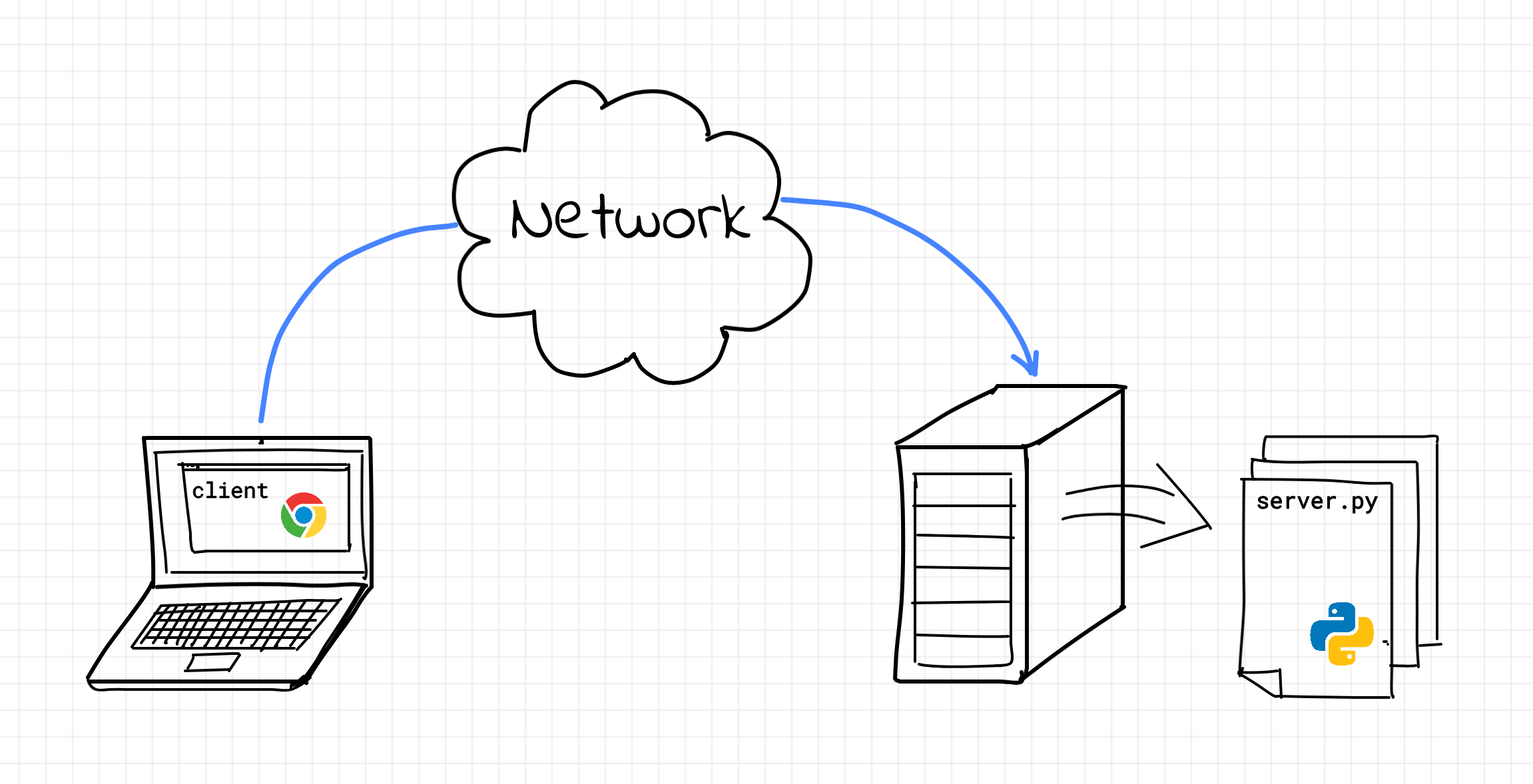I've been working on adding basic images support to my experimental container manager and to my surprise, the task turned to be more complex than I initially expected. I spent some time looking for ways to manage container images directly from my application code. There is plenty of tools out there (docker, containerd, podman, buildah, cri-o, etc) providing image management capabilities. However, if you don't want to have a dependency on an external daemon running in your system, or you don't feel like shelling out for exec-ing a command-line tool from the code, the options are at best limited.
I've reviewed a bunch of the said tools focusing on the underlying means they use to deal with images and at last, I found two appealing libraries. The first one is github.com/containers/image library "[...] aimed at working in various way with containers' images and container image registries". The second one is github.com/containers/storage "[...] which aims to provide methods for storing filesystem layers, container images, and containers". The libraries are meant to be used in conjunction and form a very powerful image management tandem. But unfortunately, I could not find a sufficient amount of documentation, especially how to get started kind of it.
Without the docs the only way to learn how to use the libraries for me was to analyze the code of their dependants (most prominently - buildah and cri-o). It took me a while to forge a working example which is capable of:
- pulling images from remote repositories;
- storing images locally;
- creating and mounting containers (i.e. writable instances of images).
In the rest of the article, I'll try to show how to use the libraries to perform the said task and highlight the most interesting parts of this journey.
Disclaimer: This is by no means an attempt to fully or even partially document the libraries!
Read more
